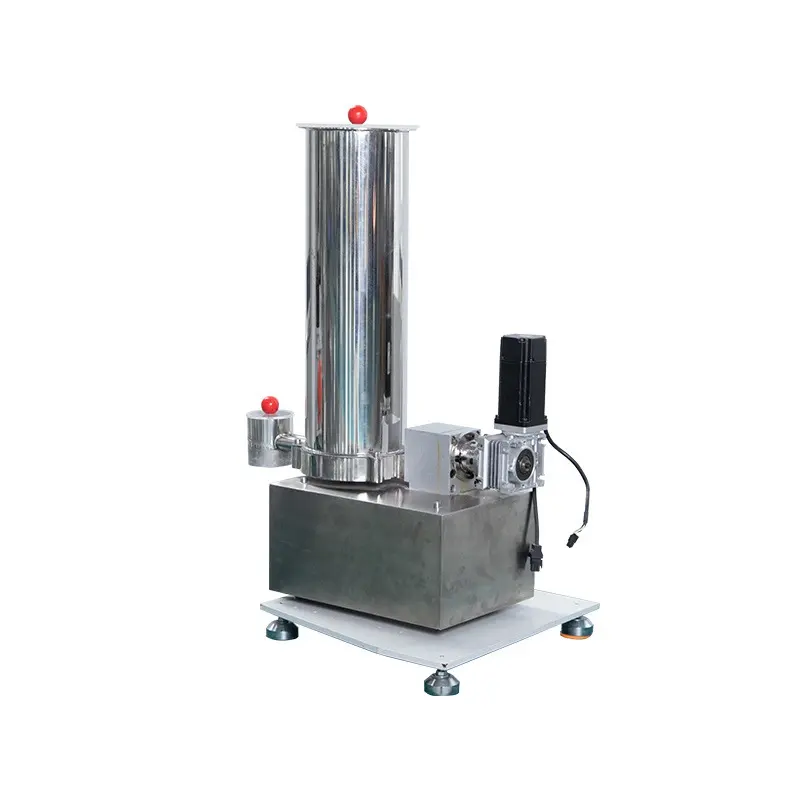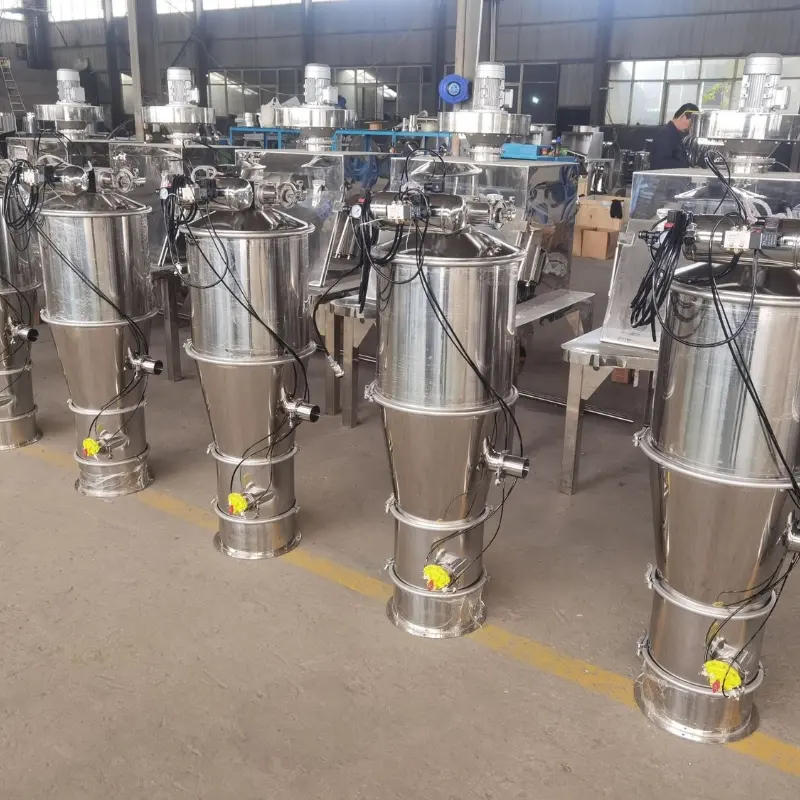Advanced Features of Twin Screw Feeders for Automated Production Lines
Release time: 2025-10-17
Table of Contents
In today’s fast-paced manufacturing environment, automation plays a key role in improving efficiency, consistency, and productivity. For industries handling powders, granules, or pellets, twin screw feeders have become a vital component of automated production lines. Their advanced features ensure precise material feeding, seamless integration, and reliable operation. Here’s a look at what makes twin screw feeders ideal for modern automated systems.
1. High Accuracy Feeding
One of the most important features of twin screw feeders is their ability to deliver precise and consistent material flow. The dual screws work together to push materials evenly, reducing variations in weight and volume. This is crucial for automated production lines where even small inconsistencies can affect product quality or formulation.
2. Wide Material Compatibility
Twin screw loss-in-weight scale can handle a variety of materials, from fine powders to large granules and pellets. Unlike single screw feeders, they are less prone to bridging, slipping, or clogging. This makes them suitable for continuous automated operations, even when processing sticky, abrasive, or irregularly shaped materials.
3. Customizable Screw Designs
Modern twin screw feeders offer customization options to match specific production requirements. Screws can vary in length, diameter, and pitch to control feeding rates accurately. Some feeders include interchangeable screw modules, allowing easy adjustments for different materials or production speeds. This flexibility helps manufacturers maintain high efficiency and product consistency.
4. Integration with Control Systems
Advanced twin screw feeders can be connected to PLC or SCADA systems, enabling real-time monitoring and control. Features such as automatic speed adjustment, weight feedback, and alarms allow operators to optimize feeding rates and detect issues before they disrupt production. Integration with control systems ensures smooth operation across fully automated lines.
5. Ease of Maintenance and Cleaning
Automation often requires equipment that is reliable and easy to maintain. Twin screw feeders are designed with accessible screws and troughs, making cleaning and inspections straightforward. Stainless steel construction or special coatings help reduce wear and sticking, prolonging the feeder’s lifespan and minimizing downtime.
6. Energy Efficiency
Many modern double screw loss-in-weight scale are equipped with energy-efficient motors and variable speed drives. By adjusting screw speed based on material demand, these feeders reduce power consumption without compromising accuracy, making them both cost-effective and environmentally friendly.
Conclusion
Twin screw feeders offer a combination of precision, flexibility, durability, and automation-ready features that make them indispensable for modern production lines. By ensuring accurate feeding, compatibility with diverse materials, seamless integration with control systems, and easy maintenance, they help manufacturers maximize efficiency and product quality.
Investing in a twin screw feeder for automated operations not only streamlines production but also provides long-term reliability, making it a smart choice for any high-volume industrial process.


